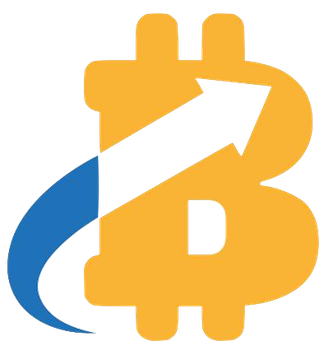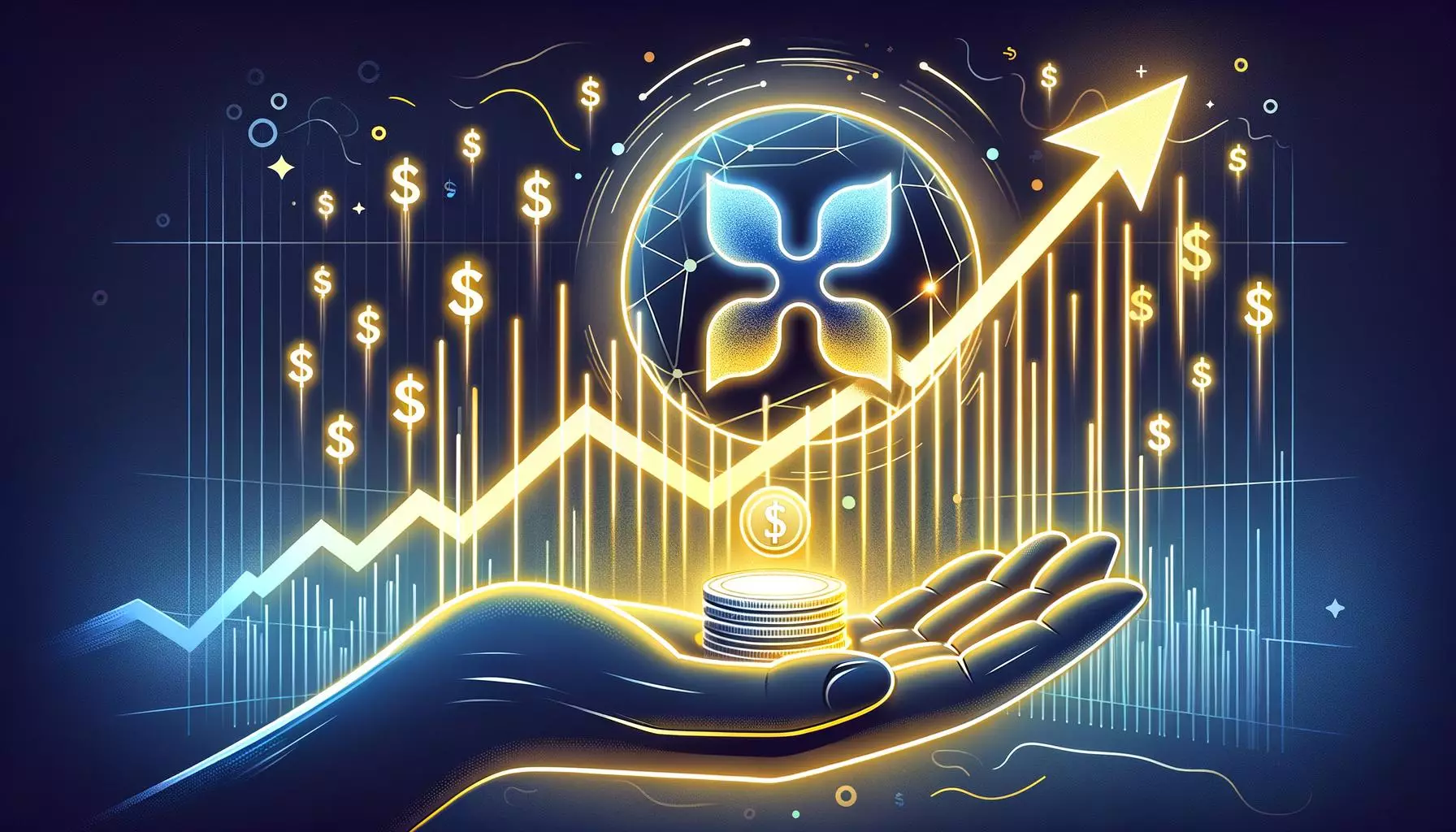In recent months, the narrative surrounding XRP has shifted dramatically from skepticism to strategic optimism, but this isn’t mere speculation—it’s an orchestrated confluence of regulatory victories, banking reforms, and technological upgrades that position XRP to redefine its role in global finance. The so-called “XRP Endgame” isn’t just hype; it’s a meticulously crafted set of conditions that threaten to catapult Ripple’s digital asset into an unprecedented echelon of financial influence. Unlike many cryptocurrencies that remain niche or speculative, XRP stands on the brink of transforming into a cornerstone of the modern financial system, largely thanks to fortuitous legal, regulatory, and infrastructural developments aligned in its favor.
First, Ripple’s critical legal victory over the SEC has been a game-changer. For years, the U.S. regulatory landscape cast a shadow of uncertainty over XRP, deterring institutional interest and stifling mainstream adoption. Now, with Ripple’s case resolved favorably, XRP secures a clarity that no other digital asset can claim within U.S. jurisdiction. This legal validation acts as a launchpad, giving institutional investors a new confidence in XRP’s legitimacy. It signals that Ripple’s operations and token structure are compliant with existing securities laws—a vital prerequisite to becoming an accepted player on Wall Street.
Adding further weight to XRP’s ascent is Ripple’s strategic move into traditional banking infrastructure. The launch of RLUSD, a stablecoin backed by reserves at BNY Mellon, shatters conventional boundaries. Tying a stable asset directly to XRP’s payment rails integrates a level of trust previously reserved for fiat currencies. BNY Mellon’s involvement, managing trillions in assets, lends enormous credibility. Such a connection isn’t merely symbolic; it signifies that Ripple is establishing an on-ramp that can seamlessly integrate into the world’s largest asset managers and central banks. This “stable reserve army” concept—combining a resilient stablecoin with Ripple’s network—effectively creates a fortress of trust around XRP, making it attractive for settlement and collateral arrangements.
Simultaneously, Ripple’s pursuit of a banking license and a Federal Reserve master account underscores a desire to embed itself directly within the U.S. financial ecosystem. Achieving such status would mean XRP could operate akin to a de facto bank, facilitating settlements, liquidity provisioning, and perhaps even offering banking services. This isn’t hyperbole; it signals a shift where Ripple could bypass traditional pathways and become a fundamental pillar of cross-border payments. It drastically alters the game, positioning XRP not just as a cryptocurrency but as a financial utility potentially sanctioned and regulated as a banking entity.
Moreover, the regulatory environment is increasingly favorable to such ambitions. The wave of XRP-related ETF applications signals the entrance of trillions of dollars from institutional investors. If approved, these funds could propel XRP to mainstream prominence almost overnight. No longer a fringe asset, XRP would find itself integrated within the fabric of Wall Street, opening the floodgates for investment and liquidity injection that can reshape its market cap and liquidity profile.
Keeping pace with technological evolution, Ripple’s readiness for the ISO 20022 standard underscores its strategic foresight. Major global banks are already transitioning to this messaging protocol, and RippleNet’s compatibility will allow XRP to act as the global settlement token without requiring disruptive overhauls. In addition, Ripple’s involvement in the DTCC’s liquidity tokenization plan highlights a future where digital assets are seamlessly integrated into official settlement infrastructure, making XRP more than a transactional token but a vital component of asset management.
Finally, the innovative push into biometric and genomic identity tools illustrates Ripple’s vision for a secure, compliant, and unified digital identity infrastructure. By intertwining identity verification with financial transactions, Ripple could resolve longstanding regulatory hurdles related to Know Your Customer (KYC) protocols. This step positions XRP not just as a payment solution but as the backbone for a new era of digital finance—secure, transparent, and resistant to fraud.
A Political and Regulatory Climate Favoring Ripple’s Endgame
The conditions for XRP’s rise are not purely technical or infrastructural—they are significantly influenced by the political landscape. The current administration’s pro-crypto stance marks a notable shift from earlier regulatory hostility. As policymakers increasingly recognize the potential of blockchain technology, laws and regulations are beginning to evolve in ways that favor Ripple’s strategic vision. This political backing can accelerate approvals and remove hurdles that previously limited Ripple’s growth prospects.
A supportive regulatory environment, combined with the clarity from Ripple’s legal victory, suggests that the company is positioned to leverage these developments effectively. As the U.S. demonstrates a willingness to adapt and incorporate blockchain solutions into mainstream channels, XRP’s chances to secure a dominant position increase dramatically. It’s a rare moment where technological readiness, regulatory clarity, and political support align—an alignment that could irreversibly transform XRP from a speculative asset to a foundational element of global finance.
—
This convergence, if managed effectively, could deliver Ripple the victory it has long sought: a dominant, institutional-ready digital currency embedded deeply within the fabric of global banking and settlement systems. For skeptics, this might seem overly optimistic, but those willing to look beneath the surface recognize the remarkable opportunity that lies ahead—if Ripple can navigate and capitalize on these converging forces—XRP could well become the currency of the future’s financial core.



















Leave a Reply